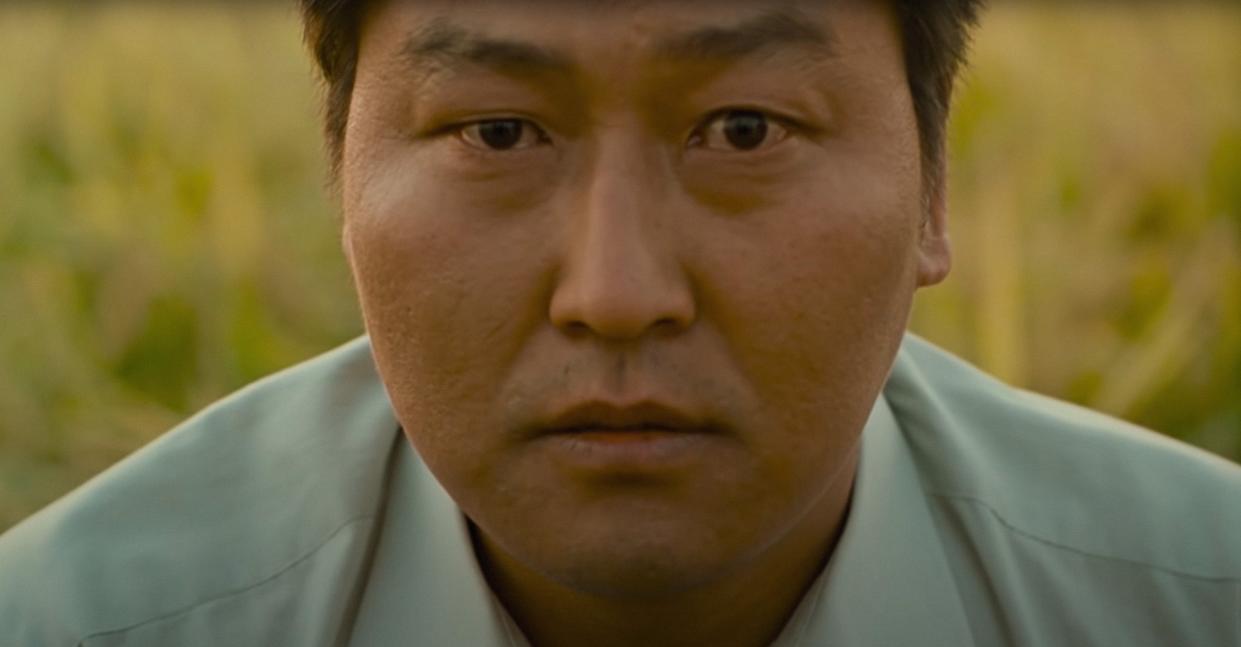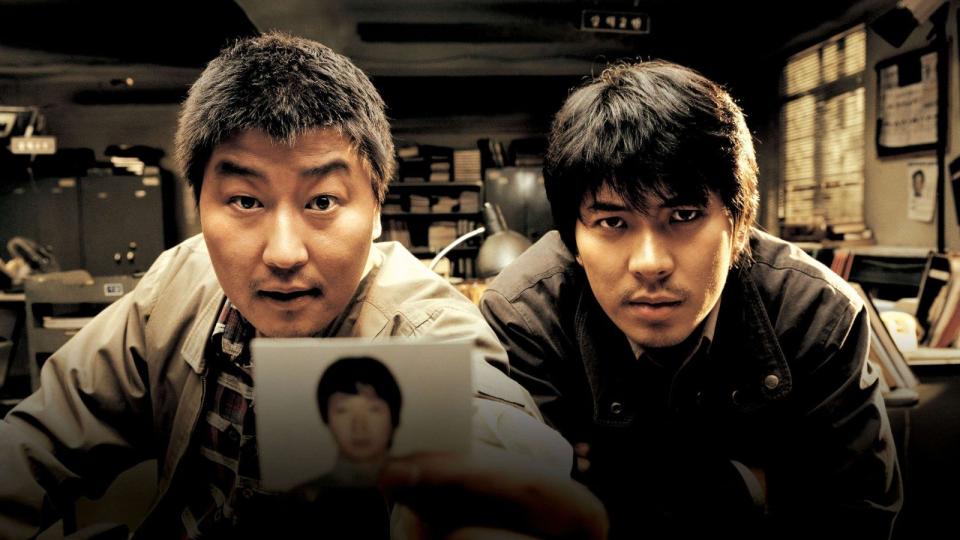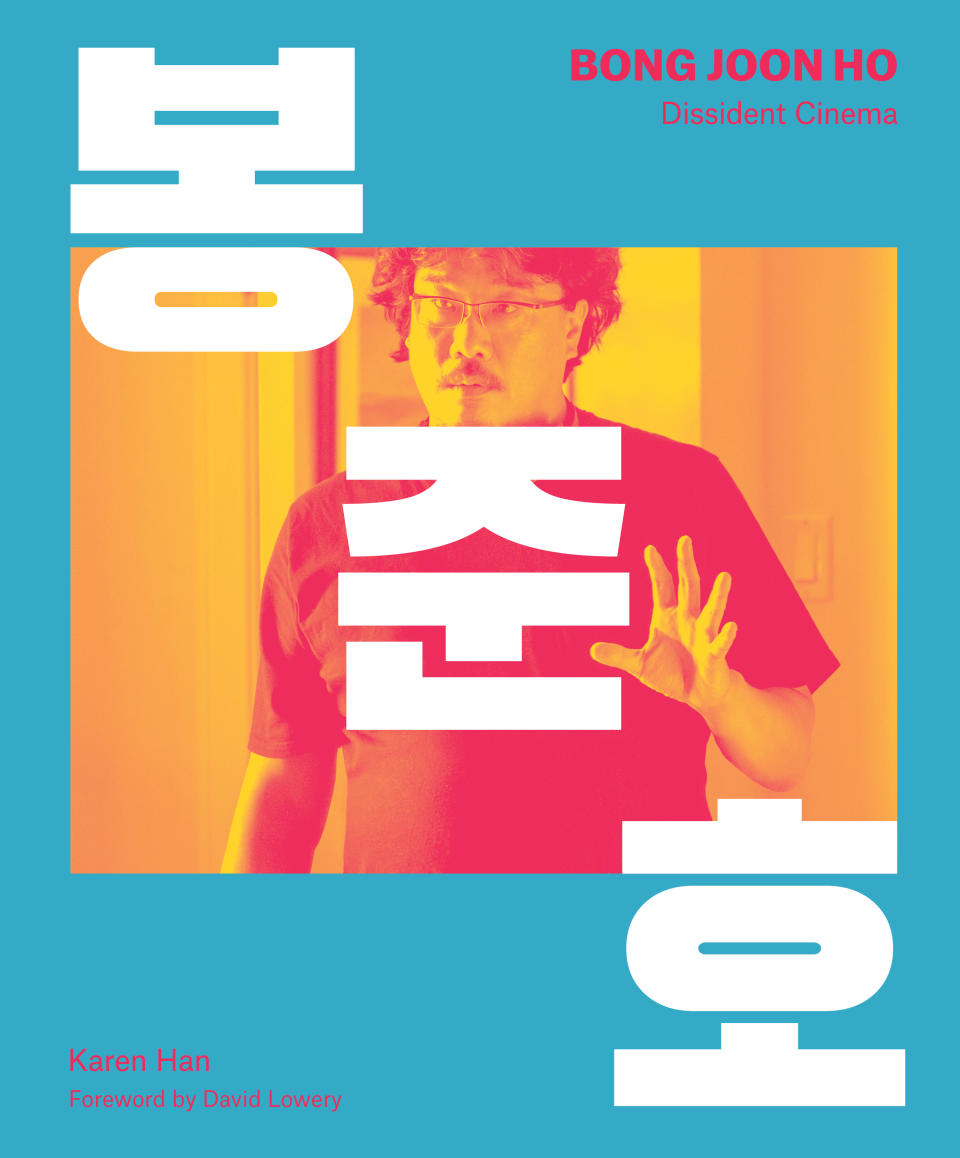How Bong Joon Ho Discovered Song Kang-ho for ‘Memories of Murder’ — and Made Them a Dream Team

The following is an excerpt from screenwriter and critic Karen Han’s new book “Bong Joon Ho: Dissident Cinema,” now available from Abrams Books. The book includes a survey of Bong’s work, ranging from “Barking Dogs Never Bite” to “Parasite,” and this excerpt comes from a chapter on his film “Memories of Murder” from 2003.
Bong has said that as he began storyboarding “Memories of Murder,” it became clear that the film was a “road movie for faces,” beginning with Doo-man’s claims about being able to read a suspect by face alone. “The actors’ faces and how we shot them inevitably became a very important aspect of the film.” Park Hae-il, for instance, was cast for his “innocent face with his doe eyes,” which Bong believed would only make the idea that he might be a killer even scarier.
More from IndieWire
Tilda Swinton No Longer in Bong Joon Ho's 'Parasite' Series: 'Very Happy to Be a Cheerleader'
Bong Joon Ho's New Movie with Robert Pattinson and Steven Yeun Starts Filming in England
The face upon which the camera focuses the most frequently is that of Song Kang-ho. “Memories of Murder,” which was released in 2003, marks the first collaboration between Song and Bong (who have since been fondly dubbed the “Ho-Ho brothers” by the Korean press for the shared syllable in their given names), but their first meeting dates back to 1997. At the time, Song, who got his start in theater, had only just begun acting in movies, and one of the few film roles he had under his belt was a supporting role as a gangster in Lee Chang-dong’s “Green Fish” (1997). As Bong describes it, Song was so good — and still such an unknown quantity — that audiences assumed that Lee had cast a real gangster. Bong, who was then working as an assistant director on Park Ki-yong’s “Motel Cactus” (1997), was so struck that he reached out to arrange a meeting despite the fact that Park “didn’t really know who Song Kang-ho was and didn’t care.”
The meeting left a strong impression on both men. “We didn’t audition him or ask him to read dialogue or anything, he just came by and I made him coffee,” Bong has said, noting that, almost immediately after that fateful meeting, Song rocketed to fame with “No. 3” (1997), “The Foul King” (2000), and “Joint Security Area” (2000). “For my second movie, ‘Memories of Murder,’ I thought, I’d really love to work with Song Kang-ho, but my debut had been a disaster. I thought I was about to get chased out of the industry, and he was a star. But he remembered that meeting fondly.”

Film at Lincoln Center
For his part, Song describes Bong as having been “exceedingly polite and courteous when we spoke.” In an interview with Vulture, he continued, “It completely upended my notions of how an AD [associate director] acts. Usually ADs have a bit of a rough edge to them, and they tend to condescend to supporting actors or bit–part actors. When we first discussed working together for ‘Memories of Murder,’ this was a huge factor for me.” Speaking with the newspaper Kyunghan Shinmun, Song also recalled that their first meeting passed without discussing movies at all, and that afterward, Bong left a long voice message in which he apologized for the fact that they weren’t going to cast Song in “Motel Cactus,” but expressed a wish to work together in the future.
Watching “Memories of Murder,” it’s impossible to imagine anyone else in Song’s shoes. (In fact, Bong wrote the part of Doo-man with Song in mind: “He has a face like people from that era.”) As with all of Doo-man’s eye-to-eye soul searches, the moment in which he tries to divine Hyeon-gyu’s innocence is captured in straight-on shots of Song’s and Park’s faces. These sorts of close-ups dominate the film, and comprise its final scene, too. In an epilogue set in 2003, Doo-man, now a salesman, finds himself back at the first crime scene. As he looks into the ditch where the first body was found, a young girl asks him what he’s doing, saying that another man had done the same thing not long ago, and had told her that he’d done something there in the past. As we’ve seen just minutes previously, Doo-man leads a completely different life now, living in an apartment with his wife, son, and daughter, and his “shaman’s eyes” are now only used to tell whether or not his son is lying when he says he hasn’t been playing computer games all night. But as soon as he realizes that the little girl is talking about the killer, a whirlwind of memories and emotions seems to come flooding back, and a long beat passes, as though he were contemplating whether or not it’s worth re-excavating all of that pain and sorrow. He has a new career, new children, a new existence — but the damage caused by the murders, the regret of having never caught the killer, is a wound that will never completely heal.
“Did you see his face?” The girl nods.
“What did he look like?” “Well . . . kind of plain.” “In what way?”
“Just . . . ordinary.”
For a moment, Doo-man looks out onto the fields, his features trembling. When he turns to stare into the camera, the look lands like a sucker punch. Unlike the previous close-ups, which always had a subject on the other side of the lens, this gaze is focused directly on the viewer. A roil of emotions is visible on Doo-man’s face — years of grief in a single expression. “When we were shooting the movie, we talked about how, when the movie comes out, the criminal will watch the movie in theaters,” Bong has said, of that final image. “That’s why we shot that last shot where the failed detective looks into the camera, so that he’s looking out at the audience and at the killer in the theater, and the killer is looking back at him.”
Excerpt from the new book “Bong Joon Ho: Dissident Cinema” by Karen Han published by Abrams. Text copyright © 2022 Karen Han and Little White Lies.

Abrams Books
Best of IndieWire
New Movies: Release Calendar for November 23, Plus Where to Watch the Latest Films
51 Directors' Favorite Horror Movies: Bong Joon Ho, Quentin Tarantino, Guillermo del Toro, and More
Sign up for Indiewire's Newsletter. For the latest news, follow us on Facebook, Twitter, and Instagram.

 Yahoo News
Yahoo News 
